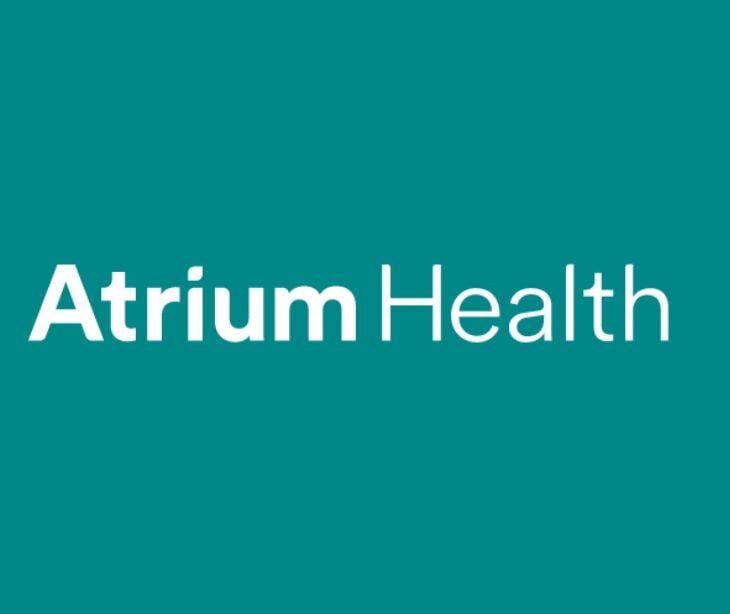2 min read
Yale New Haven Health reports 5.5 million record breach
Farah Amod
Apr 29, 2025 6:35:46 PM

Yale New Haven Health has confirmed the largest healthcare data breach of 2025, exposing the personal information of over 5.5 million patients across three states.
What happened
Yale New Haven Health System disclosed a data breach affecting more than 5.5 million individuals, making it the largest healthcare-related breach reported so far in 2025. According to the report submitted to the U.S. Department of Health and Human Services’ Office for Civil Rights, a total of 5,556,702 people had their protected health information (PHI) exposed. The breach surpasses the prior record set this month by Blue Shield of California, which affected 4.7 million individuals.
Going deeper
The nonprofit health system, which operates hospitals and outpatient facilities across Connecticut, New York, and Rhode Island, detected unusual activity in its IT systems on March 8, 2025. Immediate containment measures were taken, followed by an internal investigation that confirmed an unauthorized third party had accessed the network and exfiltrated data.
While Yale New Haven Health stated that there was no disruption to patient care or unauthorized access to its electronic medical record system, sensitive personal data was compromised. The types of information exposed varied by individual and may have included names, contact information, dates of birth, race or ethnicity, patient types, medical record numbers, and Social Security numbers. Financial data was not affected.
Notification letters began mailing out to impacted individuals on April 14, and those whose Social Security numbers were exposed have been offered complimentary credit monitoring and identity theft protection. The organization stated it is actively enhancing its cybersecurity systems and remains committed to improving data protection practices.
What was said
Yale New Haven Health has not revealed how the attackers gained access or how long they remained in the system. In its latest statement, the organization said, “We take our responsibility to safeguard patient information incredibly seriously, and we regret any concern this incident may have caused. We are continuously updating and enhancing our systems to protect the data we maintain and to help prevent events such as this from occurring in the future.”
The big picture
The breach at Yale New Haven Health didn’t involve EMR systems or financial data, yet it still exposed over 5.5 million patients. Even systems adjacent to core medical records now hold enough personal information to cause lasting harm. As healthcare networks expand and interconnect, attackers don’t need full access to cripple trust, they just need a single weak point.
FAQs
What steps should affected individuals take if they receive a breach notification?
Impacted individuals should enroll in the offered credit monitoring services immediately, review their medical and insurance records for any suspicious activity, and consider placing a fraud alert or credit freeze with major credit bureaus.
Could this breach lead to medical identity theft?
Yes. While financial data wasn’t exposed, stolen PHI can be used to fraudulently obtain medical services or prescriptions, making it important for affected individuals to monitor their health records closely.
How are healthcare organizations typically targeted in attacks like this?
Attackers often use phishing, stolen credentials, or unpatched software vulnerabilities to gain access to healthcare networks. Once inside, they search for databases containing sensitive patient data.
Is Yale New Haven Health facing regulatory consequences?
Potentially. The breach is under review by the Department of Health and Human Services’ Office for Civil Rights, which could result in investigations, audits, and penalties depending on findings.
What cybersecurity improvements are being made post-breach?
While specifics haven’t been disclosed, Yale New Haven Health stated it is enhancing its cybersecurity systems, likely involving network segmentation, stronger access controls, and real-time threat detection tools.




